The Mercedes-Benz Vision EQXX, has covered more than 1,000 km (620 miles) in everyday traffic on a single battery charge.
First revealed in January, the concept car uses a 100kWh battery, which is ultra-compact, with a footprint that is 50% smaller and 30% lighter than the 107.8kWh pack used in the Mercedes EQS.
The record-breaking journey, from Sindelfingen across the Swiss Alps and Northern Italy to Cassis on the Côte d'Azur, started in cold and rainy conditions, and was undertaken at regular road speeds, including prolonged fast-lane cruising at up to 140kmh (80mph) on the German autobahn and near the speed limit elsewhere.
The battery's state of charge on arrival was around 15%, amounting to a remaining range of around 140 kilometres (80 miles), and the average consumption was a low of 8.7 kWh per 100 kilometres.
The long-distance drive was completed with the charging socket sealed and accompanied by an independent expert from certification body TÜV Süd.
Ola Källenius, chairman of the board of management at Mercedes-Benz Group AG, said: “The Vision EQXX is the most efficient Mercedes ever built.
“The technology programme behind it marks a milestone in the development of electric vehicles. It underpins our strategic aim to ‘Lead in Electric’.”
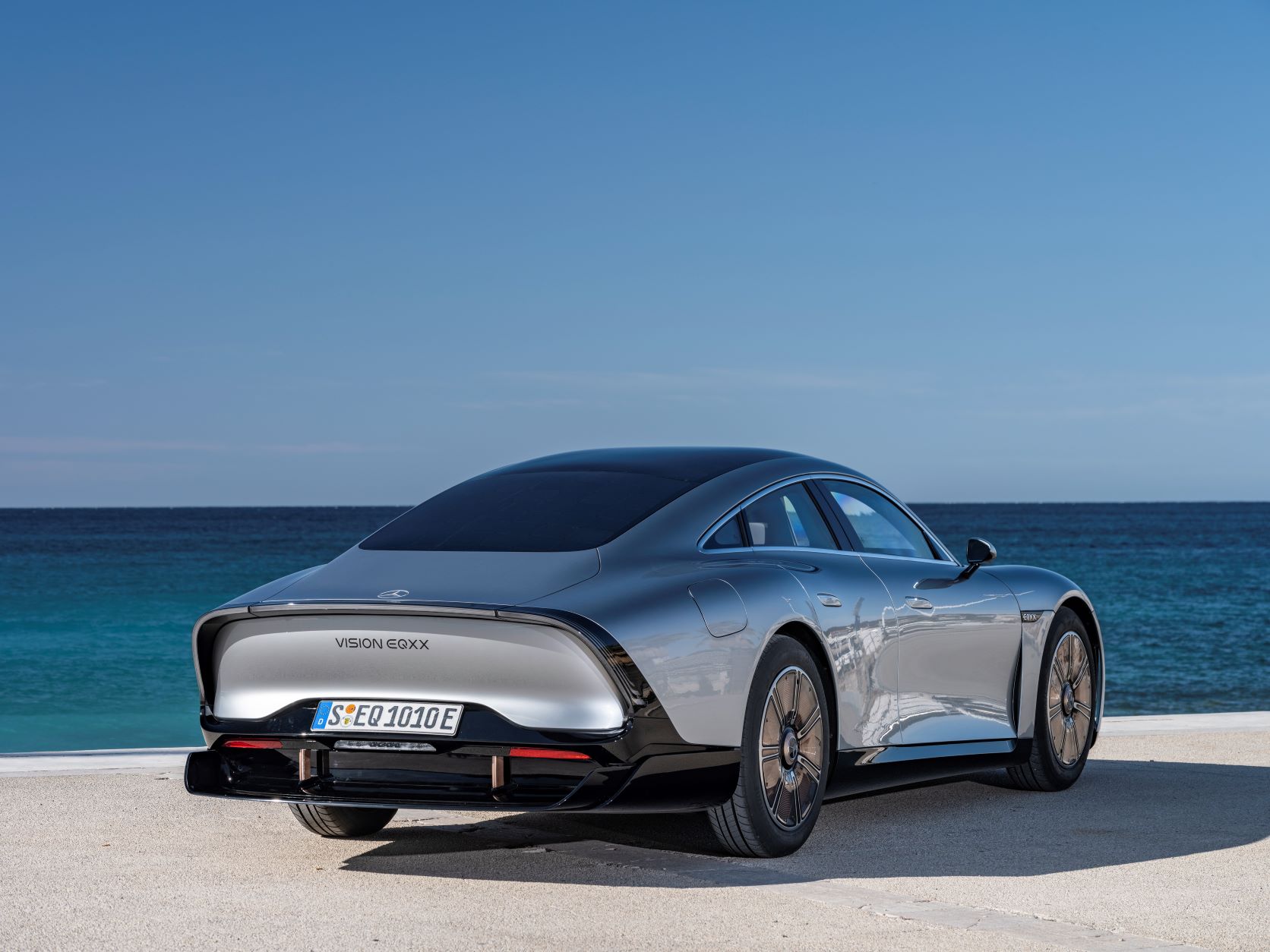
Markus Schäfer, chief technology officer responsible for development and purchasing, says the range achieved demonstrated the success of a collaborative development process, incorporating many learnings from the Mercedes-AMG F1 team and its expertise in electric powertrains.
He continued: “The Vision EQXX is the result of a comprehensive programme that provides a blueprint for the future of automotive engineering.
“Many of the innovative developments are already being integrated into production, some of them in the next generation of modular architecture for compact and midsize Mercedes-Benz vehicles.”
The electric drive unit in the Vision EQXX – consisting of the electric motor, transmission and power electronics – was developed together with the F1 specialists at HPP and has a peak output of 180 kW.
The electric drive unit is also compact, lightweight and efficient. Its average efficiency in this application is 95%. That means 95% of the energy from the battery ends up at the wheels.
This goes hand-in-hand with further efficiency benefits such as the reduction of losses in the drivetrain. The engineers at Mercedes-Benz have succeeded in reducing the total losses in the drivetrain (motor, inverter and transmission) by 44% compared to an e-drive that is not based on this project.
This makes a big different to the bottom line, with one percent more efficiency bringing 2% more range. This effect is further amplified by the battery of the Vision EQXX, thanks to its energy density of almost 400 Wh/l and high operating voltage of more than 900 volts.
Meanwhile, ultra-thin solar roof panels feed the battery system and provide up to 25km of additional range.
> Interested in comparing electric vehicle data? Check out our EV tool.
> Interested in ensuring the efficient use of EVs. Check out our dedicated editorial sections: Insight & policy | EV news | Charging & infrastructure | Costs & incentives | Benefit-in-kind | EV case studies | EV road tests

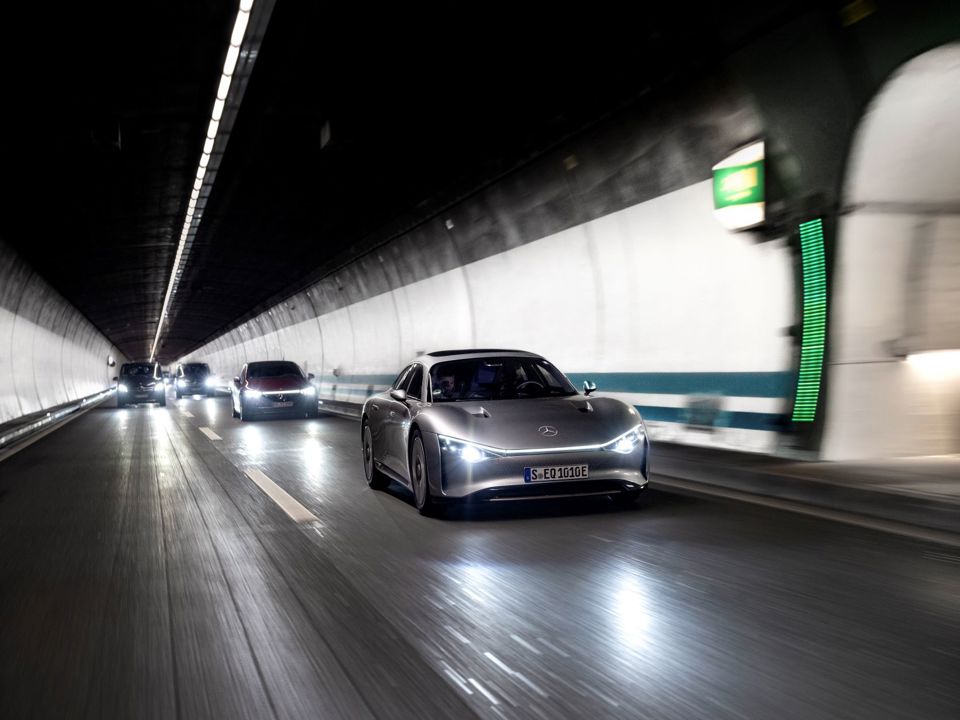




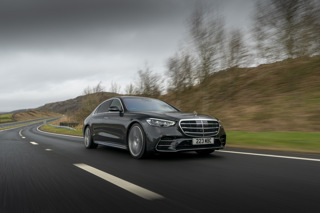
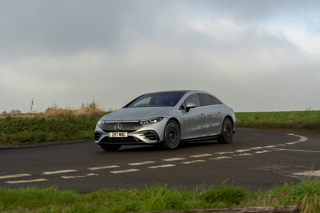

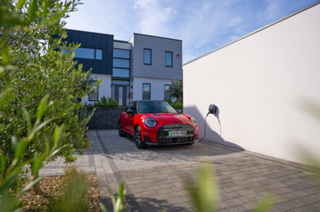













Login to comment
Comments
No comments have been made yet.